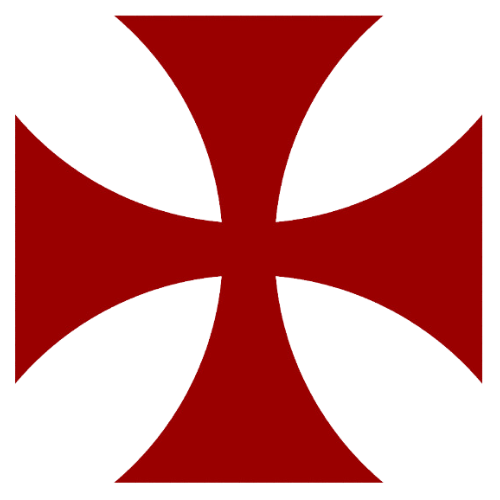The Great Schism
- Templar 1
- Nov 17, 2024
- 2 min read

The "Big Split" in the Christian Church, commonly referred to as the Great Schism, occurred in 1054 AD and marked the division between the Western Roman Catholic Church and the Eastern Orthodox Church. This historic event was the result of centuries of theological, political, cultural, and linguistic differences that culminated in a formal split within Christendom.
Background to the Schism
Theological Differences:
The most significant theological disagreement was over the Filioque Clause.
The Western Church added the phrase "and the Son" (Filioque) to the Nicene Creed, asserting that the Holy Spirit proceeds from both the Father and the Son.
The Eastern Church rejected this addition, maintaining that the Holy Spirit proceeds only from the Father, as stated in the original creed.
Ecclesiastical Authority:
The Western Church, centered in Rome, believed in the supremacy of the Pope as the singular head of the Church and the ultimate authority in matters of faith.
The Eastern Church, based in Constantinople, followed a conciliar model, where decisions were made collectively by patriarchs of major Christian centers like Constantinople, Alexandria, Antioch, and Jerusalem.
Cultural and Linguistic Divisions:
The Western Church primarily used Latin in its liturgy and theological writings, while the Eastern Church used Greek.
These linguistic and cultural differences deepened misunderstandings and mistrust.
Political Rivalries:
The Roman Empire's split into Eastern (Byzantine) and Western (Roman) halves in 395 AD created political divisions that influenced church governance and alliances.
The rise of the Holy Roman Empire in the West and the growing power of the Byzantine emperors in the East led to competing interests.
The Events of the Schism
Immediate Triggers:
In 1054, Pope Leo IX sent a delegation, led by Cardinal Humbert, to Constantinople to address disputes with Patriarch Michael Cerularius of Constantinople.
The delegation and the patriarch clashed over various practices, including the use of unleavened bread in the Eucharist, celibacy for clergy, and liturgical rites.
Mutual Excommunications:
On July 16, 1054, Cardinal Humbert placed a bull of excommunication on the altar of Hagia Sophia, excommunicating Patriarch Michael Cerularius.
In response, the patriarch excommunicated the papal delegation, cementing the split.
Consequences of the Great Schism
Creation of Two Churches:
The Western Church became the Roman Catholic Church, centralized in Rome under the Pope.
The Eastern Church became the Eastern Orthodox Church, decentralized and led by multiple patriarchs.
Ongoing Tensions:
The schism deepened over the centuries, particularly during events like the Crusades, when Western Crusaders sacked Constantinople in 1204 during the Fourth Crusade, further straining relations.
Attempts at Reconciliation:
Efforts to heal the divide, such as the Council of Florence (1439), were largely unsuccessful.
In recent years, modern Popes and Orthodox Patriarchs have engaged in dialogue to foster mutual understanding and cooperation.
Significance of the Schism
The Great Schism fundamentally reshaped Christianity, dividing it into two major branches that have distinct theological traditions, liturgical practices, and governance structures. Despite their differences, both the Roman Catholic and Eastern Orthodox Churches continue to share foundational Christian beliefs and a common heritage rooted in early Christianity.




Комментарии